Today’s grammar point is ~にしたがって/~にしたがい. They are both a form of the verb (~に)したがう. ~にしたがって/~にしたがい can mean “in compliance with ~” or “as ~.”
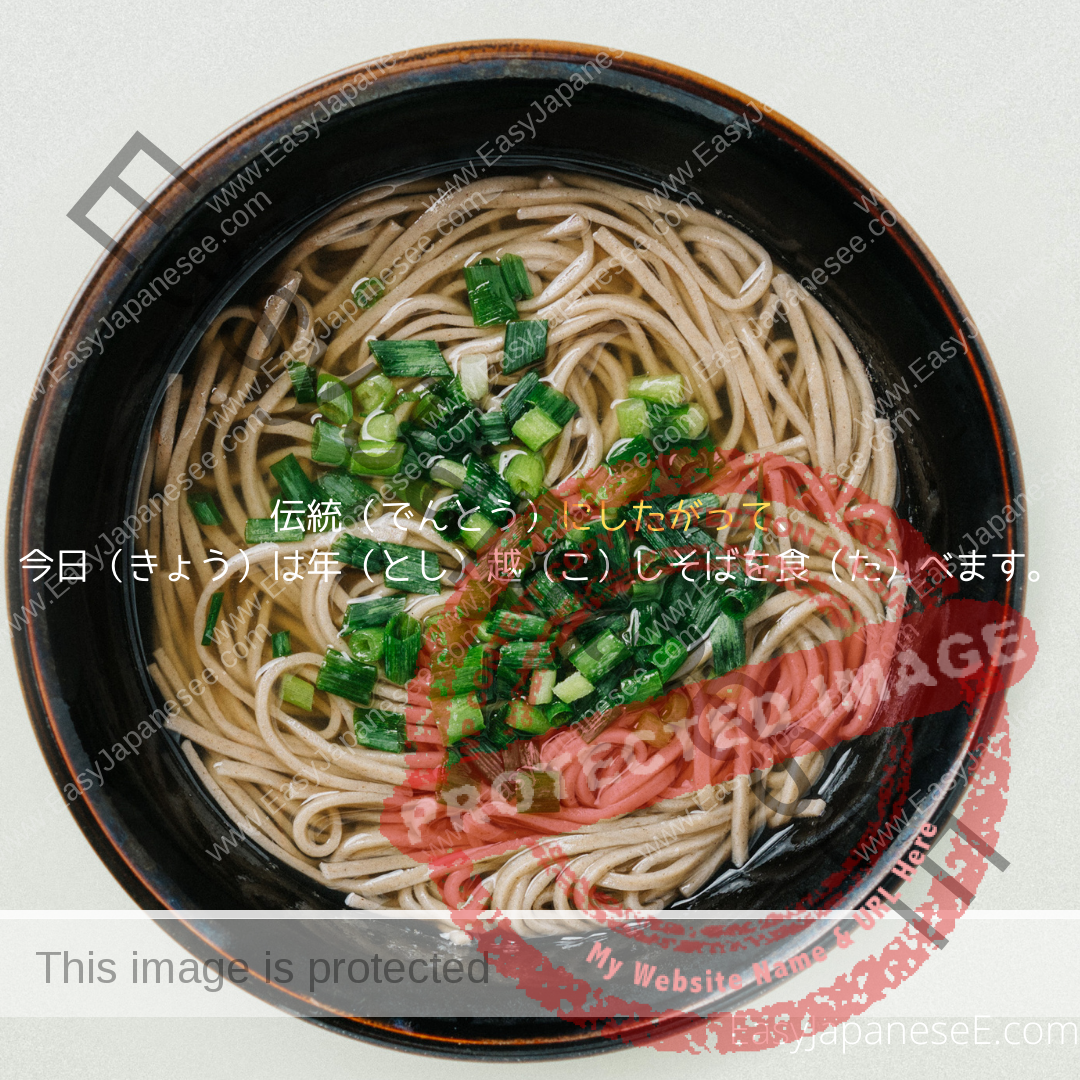

Today’s grammar point is ~にしたがって/~にしたがい. They are both a form of the verb (~に)したがう. ~にしたがって/~にしたがい can mean “in compliance with ~” or “as ~.”
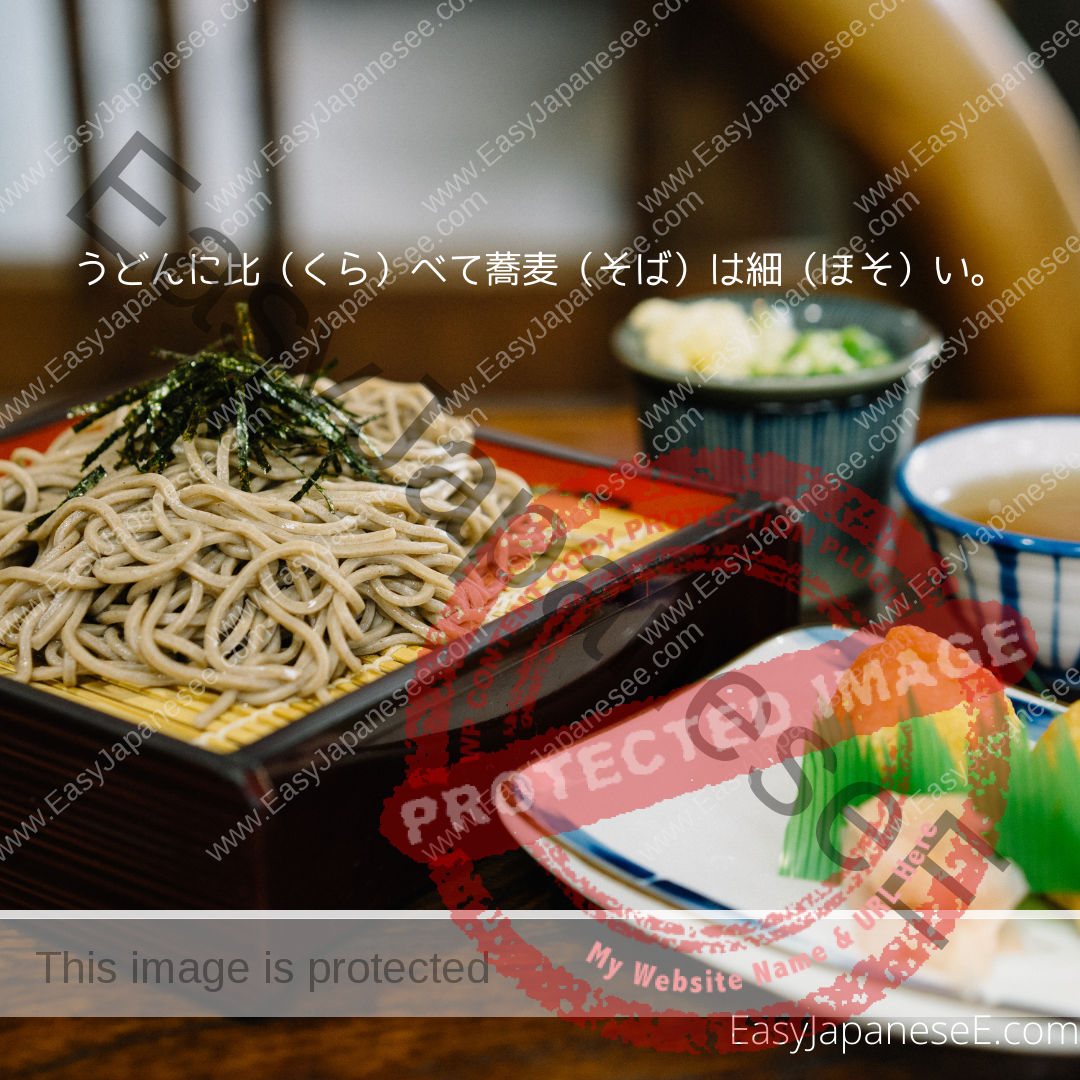
くらべる/比べる means “to compare.” When we use くらべる as part of a sentence like, “compared with/to ~,” we use either ~に/とくらべて or ~に/とくらべると.
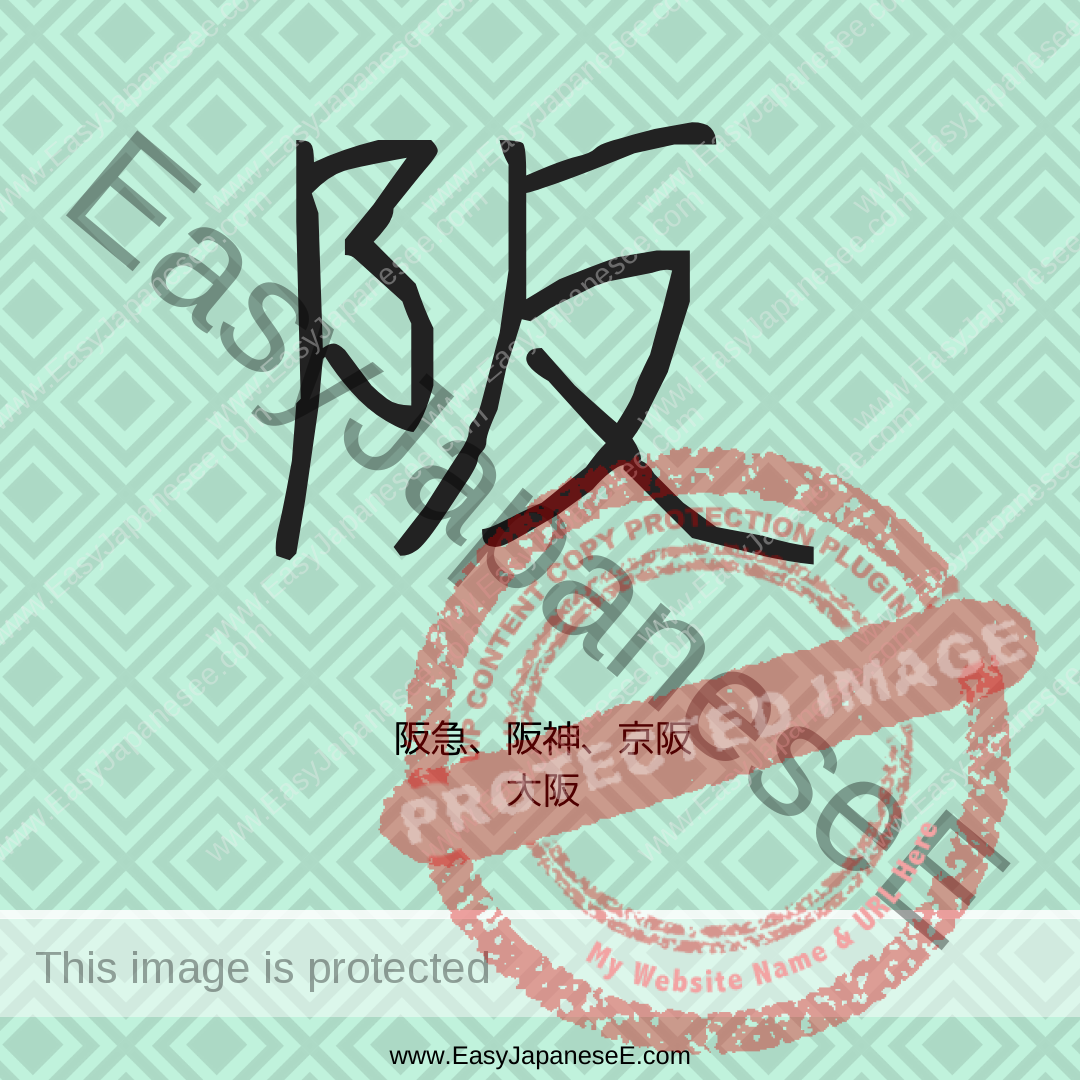
Today’s #kanji is 阪, which is listed under its semantic element of #こざとへん(阝), which means a hill. Its phonetic element is 反.
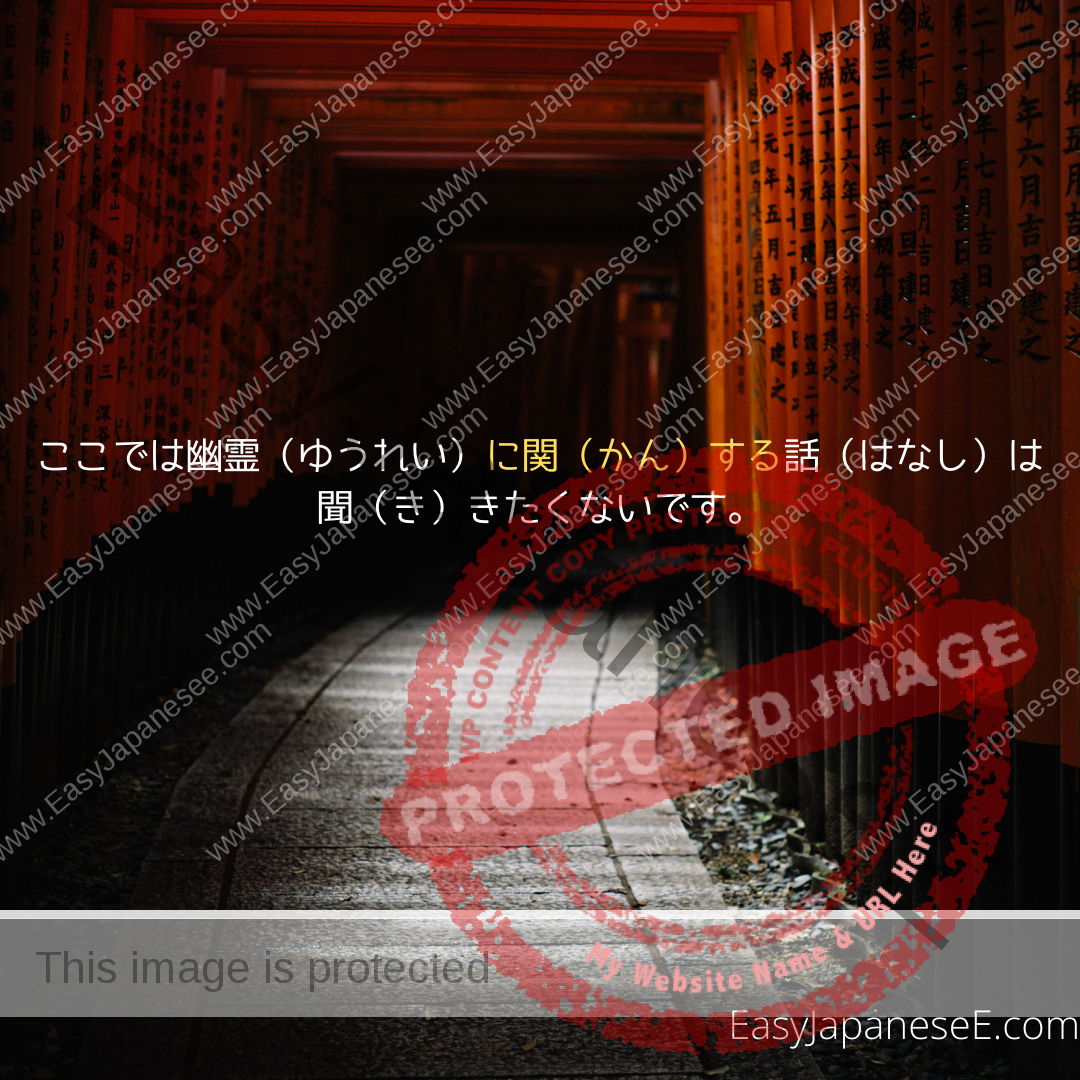
Today’s grammar point is きまっている, Depending on the particle used before きまっている, ~がきまっている, ~にきまっている and ~ときまっている all describe something quite different.

Today’s topic is ~にかんして/にかんしまして/にかんしての/にかんする. They are all a form of the verb 関する, which is an intransitive verb meaning “to be connected,” etc.
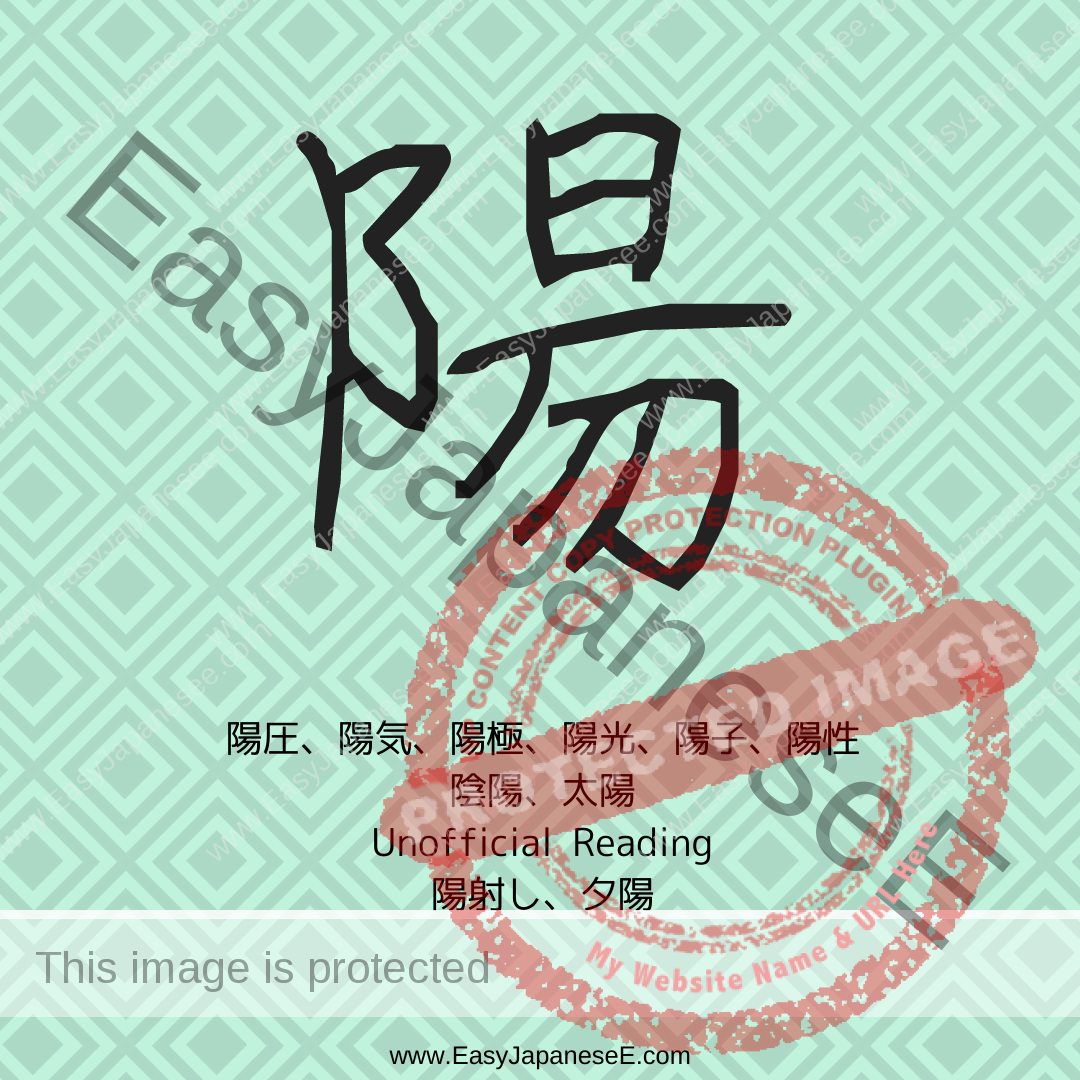
Today’s #kanji is 陽, which is listed under its semantic element of #こざとへん, which means a hill, the earth, etc. Its phonetic element is 昜.

~に代わって/~に代わり means “in place of ~,” “in lieu of ~,” or “on behalf of ~.” ~に代わって sounds slightly more casual than ~に代わり but they are interchangeable.
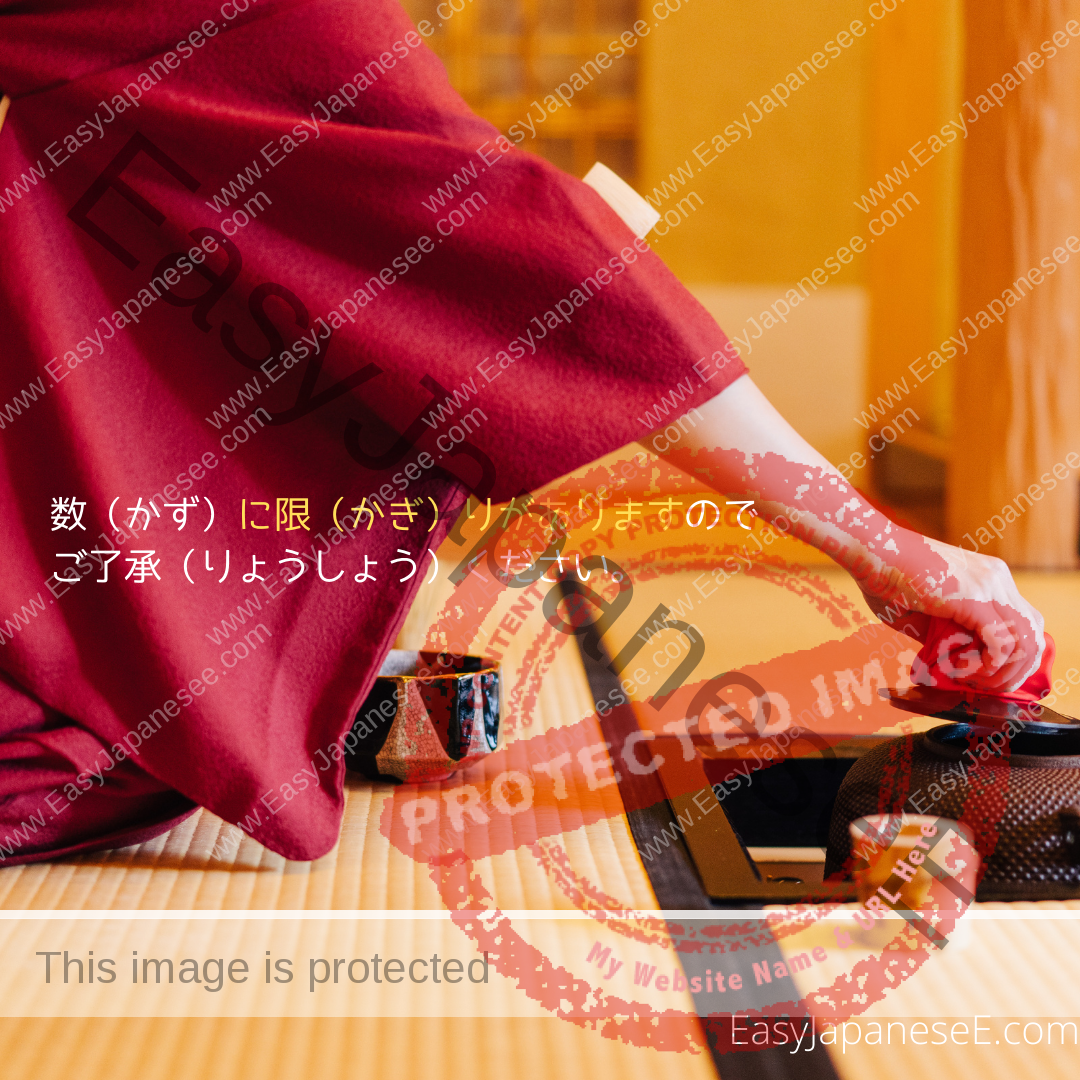
かぎり in かぎりがある/ない means “limits” or “bounds.” so ~にかぎりがある means “there is a limit to ~.” ~にかぎりがない means “There is no limit to ~.”
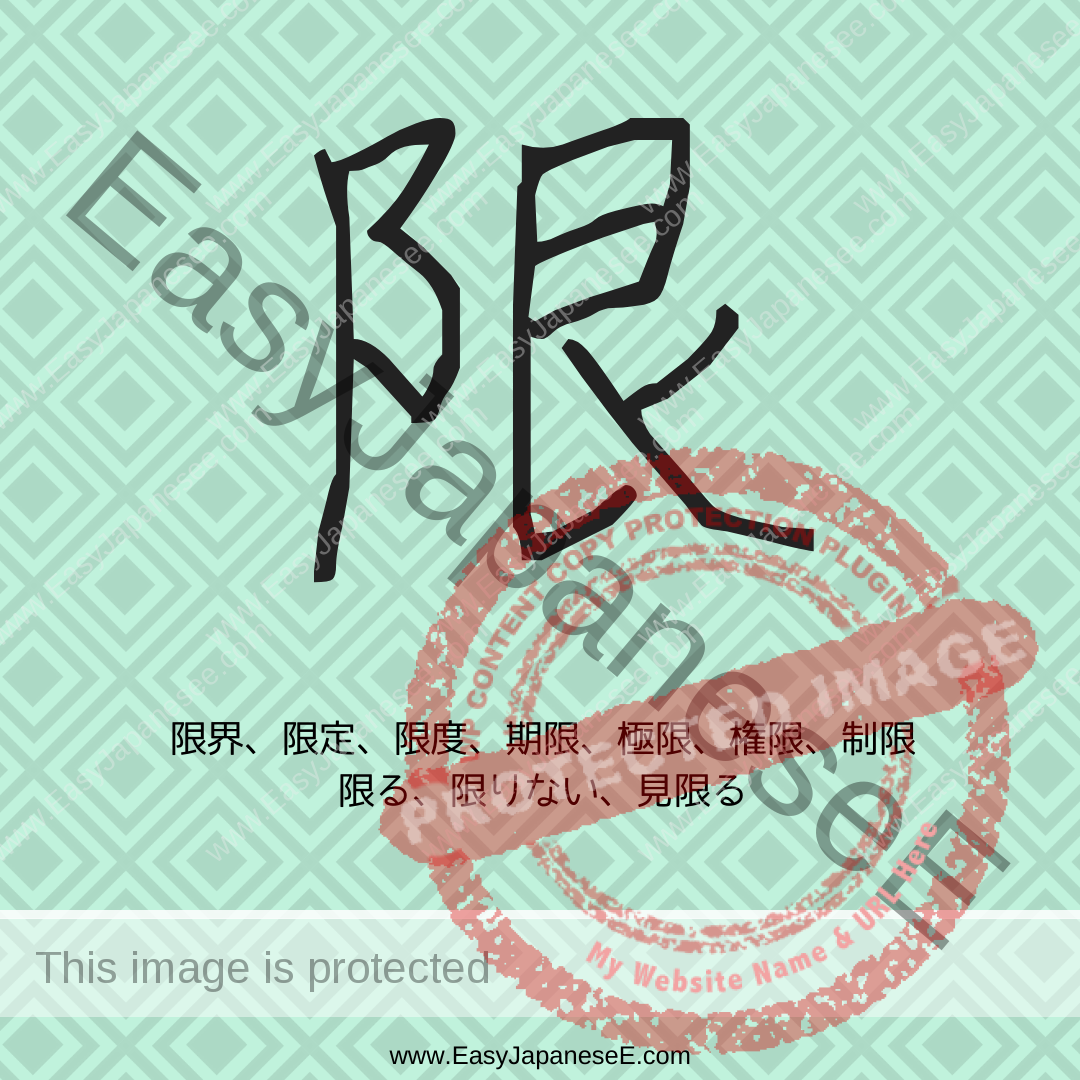
Today’s #kanji is 限, which is listed under its semantic element of #こざとへん(阝), a hill. Its phonetic element is 艮 although 限 and 艮 don’t share a sound in Japanese
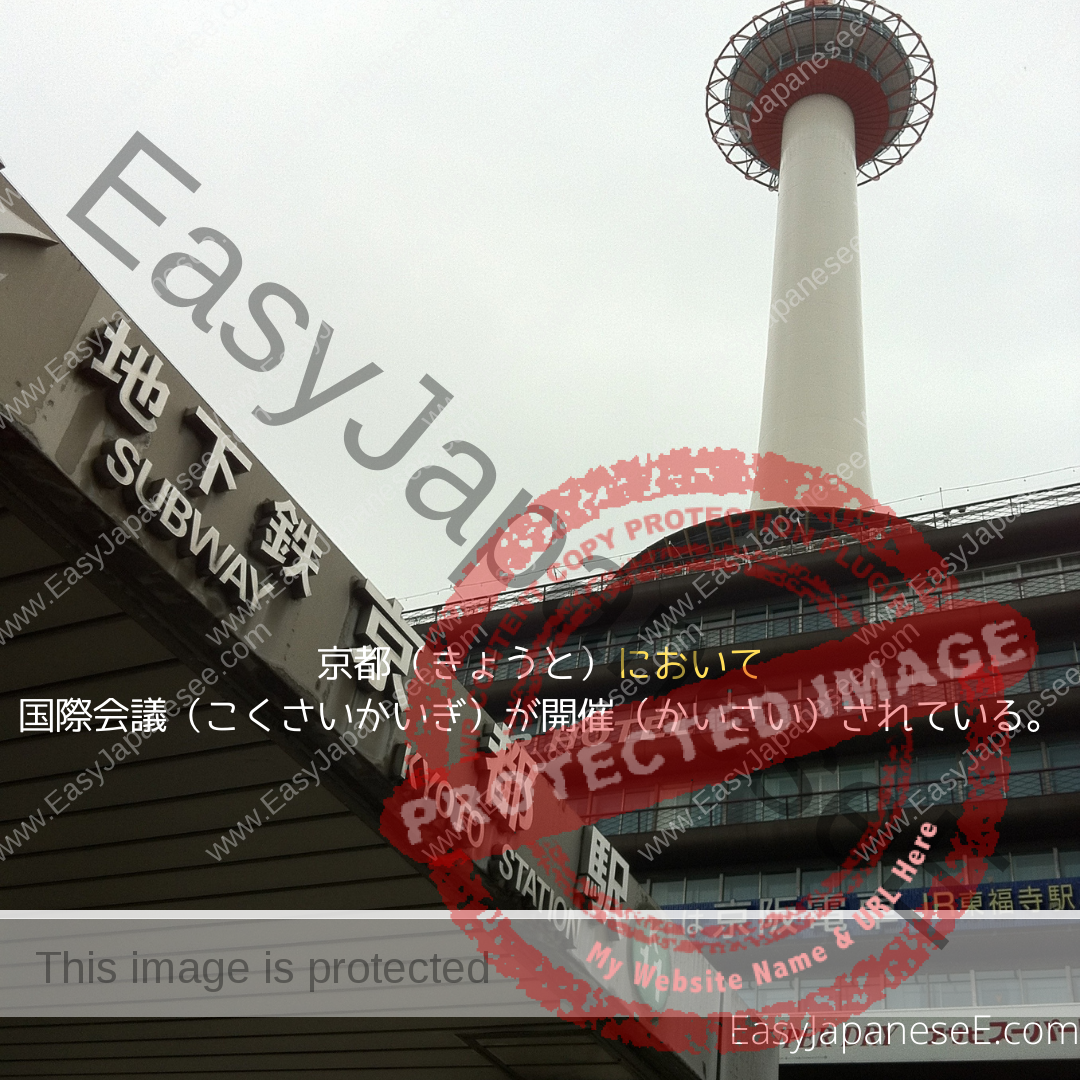
Today’s grammar point is ~において/~における. They mean almost the same but while ~において makes an adverbial phrase, ~における is an adjectival phrase.

If あんまり is used without a negative ending, it is a なadjective meaning “awful” or “unreasonable.” It usually follows phrases like “~なんて,” “~とは,””~って” or “~は.”
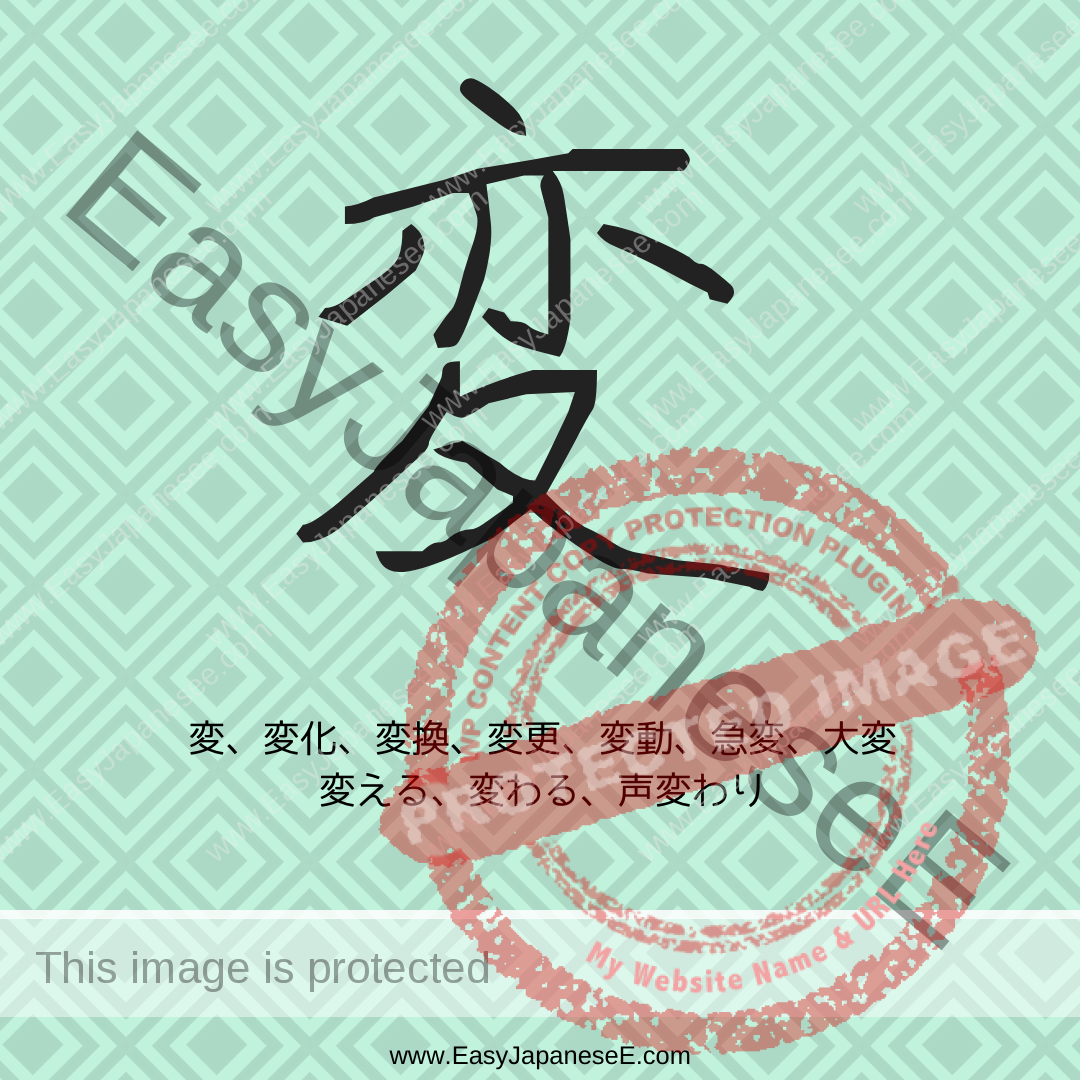
Today’s #kanji is 変, which is listed under the radical of #すいにょう(夊). 変 used to be written as 變 and 䜌 is the phonetic element though 変 and 䜌 don’t share a sound.
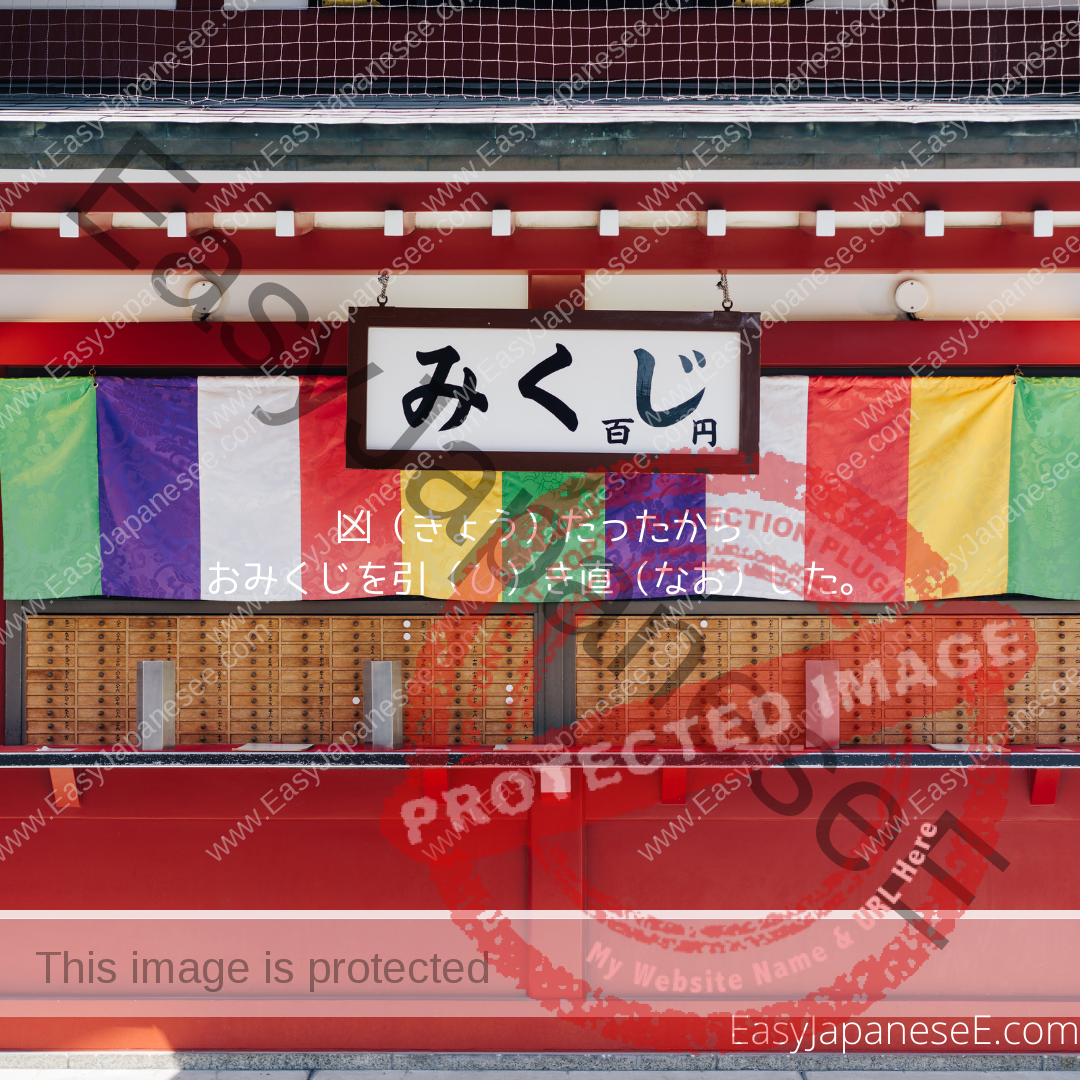
直す itself is a transitive verb meaning “to mend,” “to correct,” etc. but it can be used after the stem of a verb and ~なおす means “to do ~ again” or “to re do ~.”
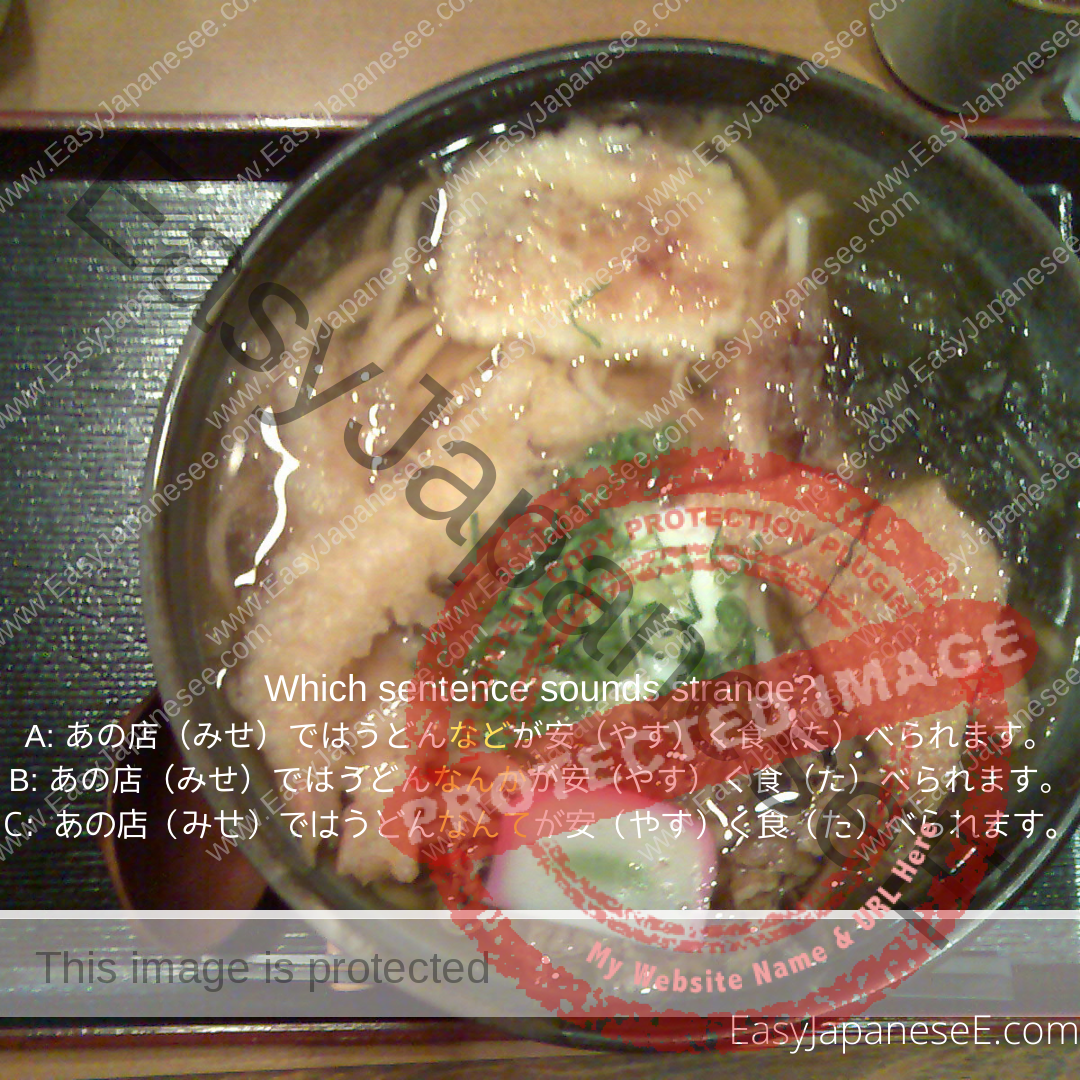
~など、~なんか、~なんて all mean something like “such as ~,” “something like ~,” etc. This is my attempt to explain the differences among these three.
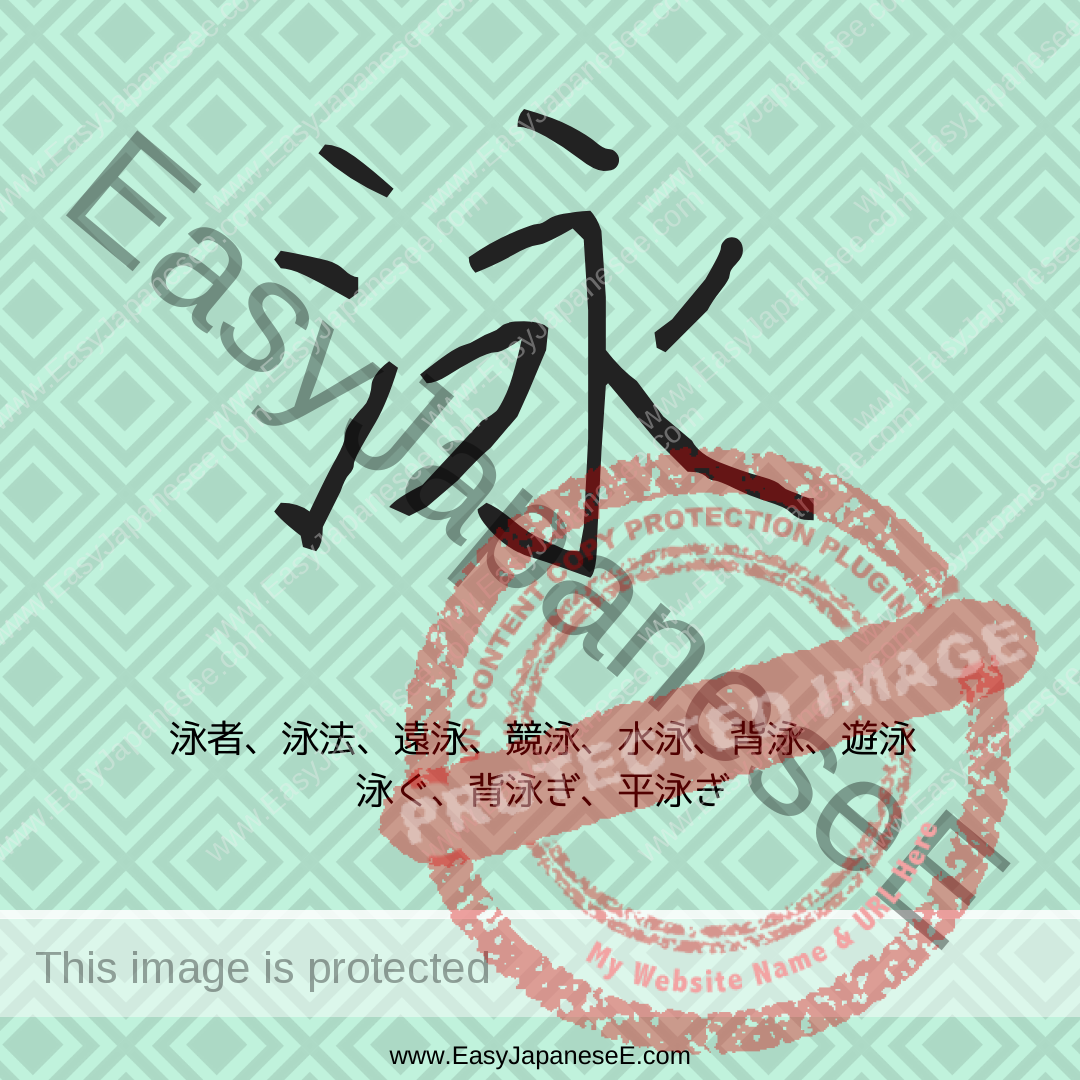
Today’s #kanji is 泳, which is listed under its semantic element of #さんずいへん(氵), which suggests a connection with water. Its phonetic element is 永.

Today’s #kanji is 消, which is listed under its semantic element of #さんずいへん(氵), water. Its phonetic element is 肖, which has the meaning of “small (quantity).”

Today’s #kanji is 流, which is listed under the radical of #さんずいへん(氵), water. 流 is a compound ideograph made of 水 (water) and 㐬 whose meaning is …
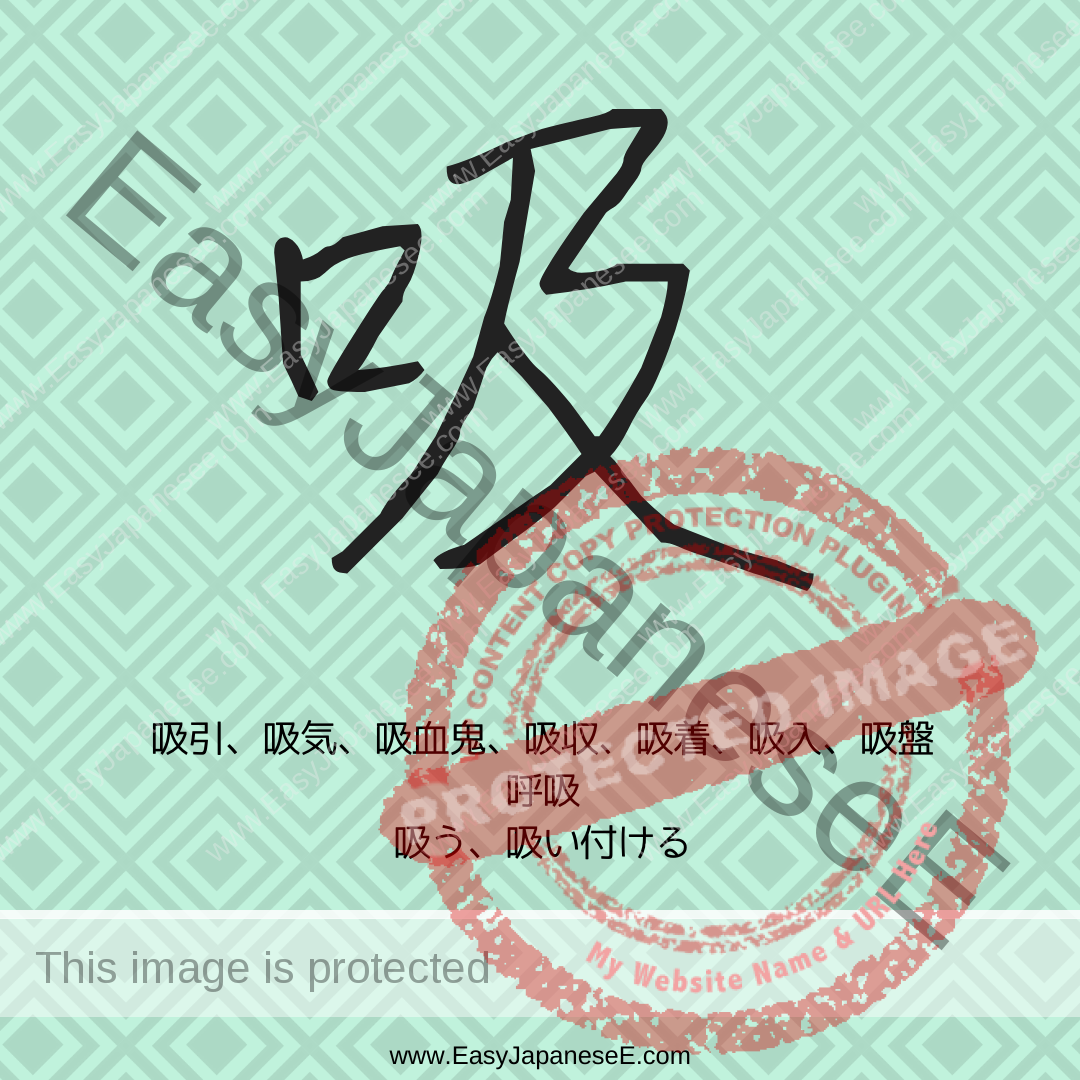
Today’s #kanji is 吸, which is listed under its semantic element of #くちへん(口). Its phonetic element is 及. 及 apparently has the meaning of “to suck.”
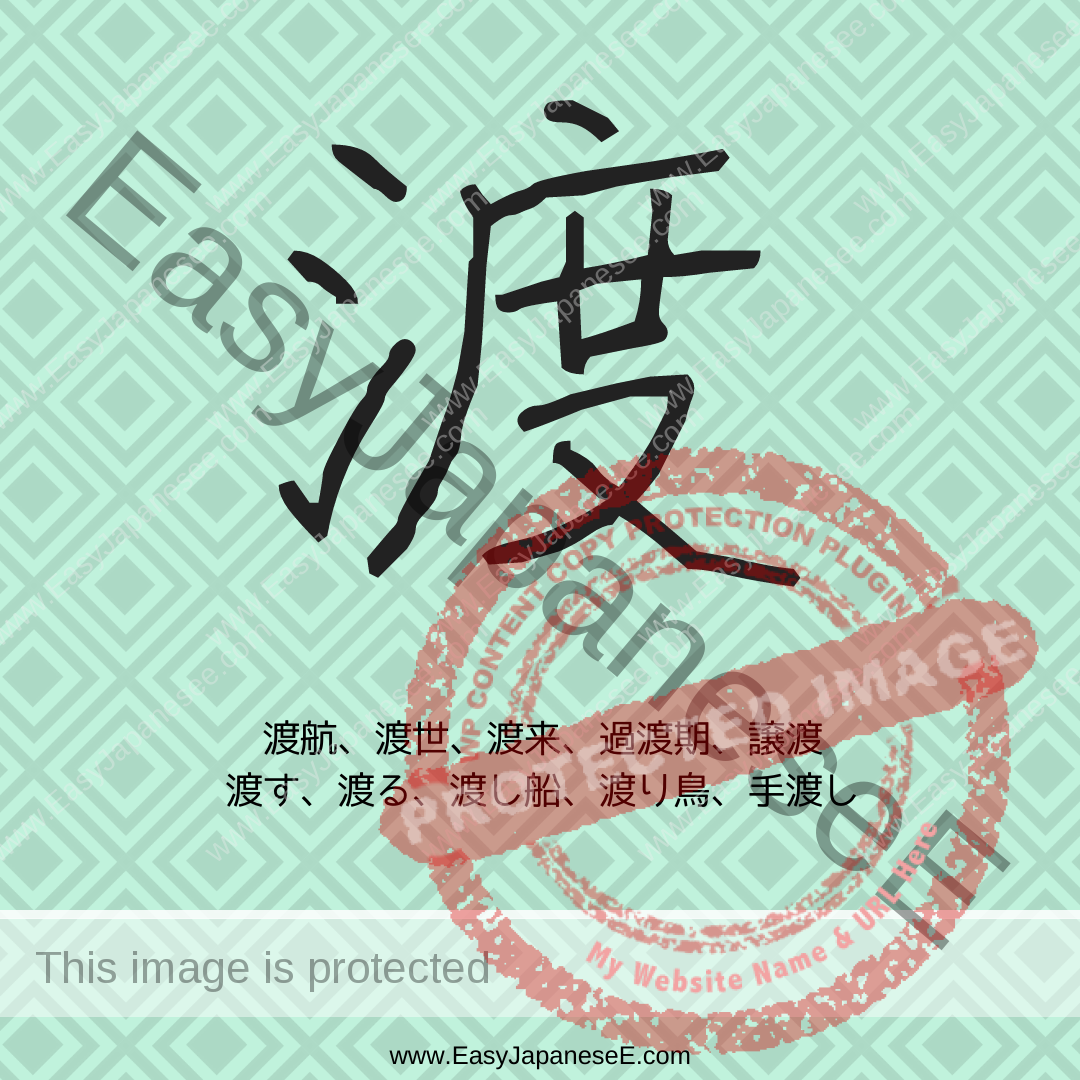
Today’s #kanji is 渡, which is listed under its semantic element of #さんずいへん(氵), water. Its phonetic element is 度 although 渡 and 度 don’t quite share a sound.
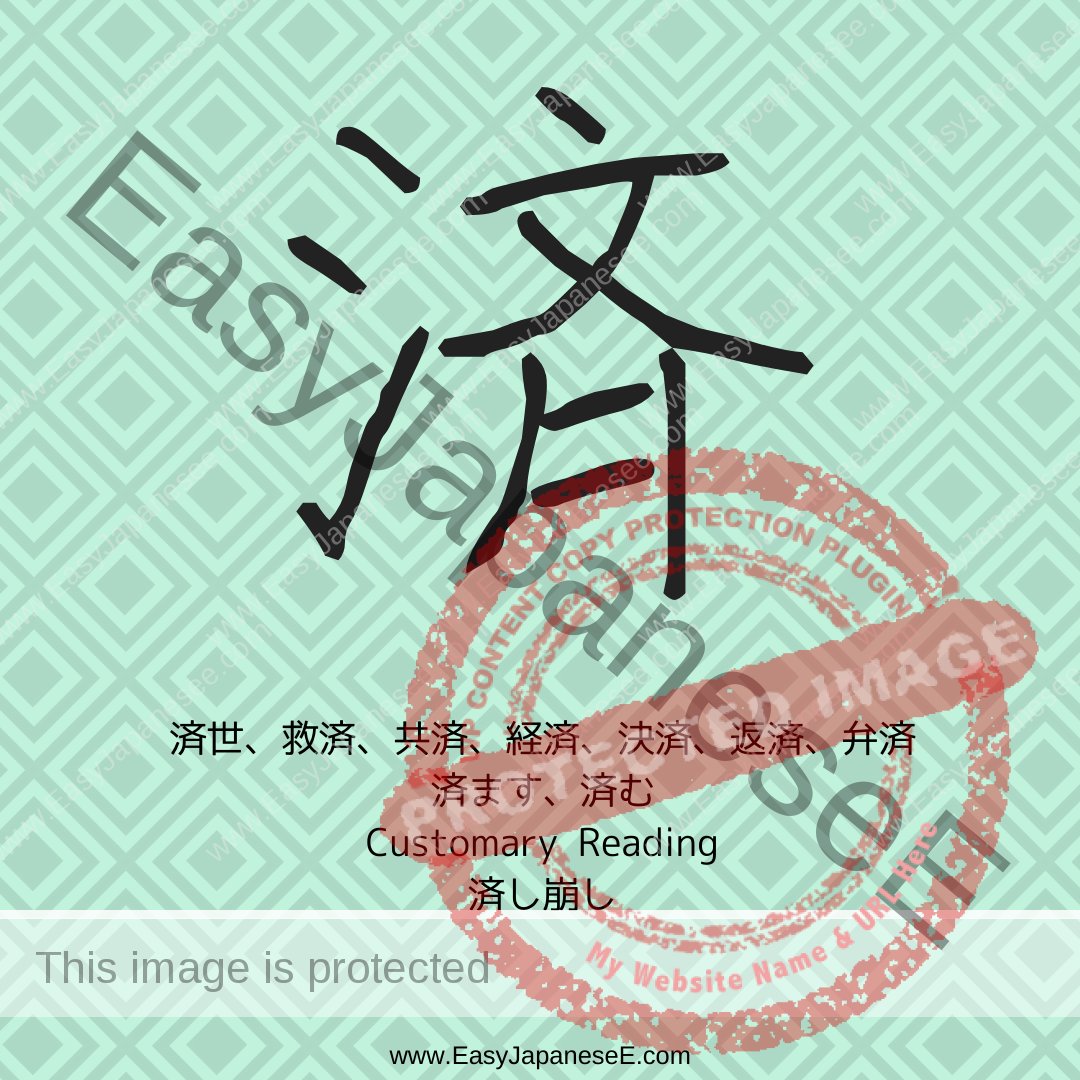
Today’s #kanji is 済, which is listed under its semantic element of #さんずいへん(氵), water. 済 used to be written as 濟 and 齊 is its phonetic element. 齊 means “pure.”
